Avascular Necrosis of the Hip
Avascular necrosis, also called osteonecrosis, is a disease of bone. Necrosis is a general term for ‘cell has died’. It is the death of the bone tissue due to the lack or absence of blood supply. Avascular necrosis develops tiny breaks in the bone which ultimately results in bone damage.
The condition is most common in the age range of 30 to 50. If you do not take treatment, the space between the joints can collapse and the bone can lose its natural smooth shape and as a result it Osteoarthritis can develop. If the right treatment is not taken at right time, you might need joint replacement surgery.
AVN affects bones of:
- Shoulder joint
- Knee joint
- Wrists
- Ankle
- Hands
- Feet
- Hip Joint
The hip bone is the most common joint affected with AVN.
Avascular Necrosis of the Hip
Avascular Necrosis of the hip (AVN), also known as Hip Osteonecrosis is a condition that develops when the blood supply to the head of the femur (ball in ball-and-socket hip joint) is disrupted. Due to the lack of blood supply to the bone cell, there is a decrease in the delivery of oxygen and nutrients to the bone. Bone’s strength decreases largely. Since your bone cells need a constant supply of blood to stay healthy, Avascular necrosis of the hip may lead to the destruction of the hip joint and severe arthritis.
Symptoms
Avascular necrosis of the hip generally does not give any warning signs. As the condition progresses, your affected joint might hurt if put weight on it. You will start feeling pain while lying down eventually.
Pain can be mild or severe, depending upon the stage of the disease. The first symptom is usually mild pain in the hip. After that, the patient starts experiencing:
- Aching pain in the groin (Pain around the Hip Joint area )
- Pain while moving the hip.
- Difficulty in walking or limping
- Pain can be felt down the front of the thigh
- Stiffness in the hip joint
- Hip Joint Arthritis Changes eg. Crepetation
As the condition worsens, you start feeling the pain while at rest and while sleeping.
Avascular necrosis progresses in some months to over the year.
Causes
There is no exact cause known for Avascular necrosis of the hip. But when the disease occurs, the bone collapses, and the joint surface, and the cartilage, loses their support. Because of the cartilage losing its support of the bone underneath, the joint surface is quickly worn away, and arthritis quickly develops.
Avascular necrosis of the hip can be caused by anything that damages the blood supply to the hip. The condition does not cause any problem for up to 2 years.
Injury to the hip can damage the blood vessels, Fractures of the femoral neck (the area connecting the ball of the hip joint) can damage the blood vessels. A dislocation of the hip out of the socket may tear the blood vessels.
The disease can affect anyone but generally, it is common with people between the ages of 30 and 50. Men are more likely to develop the condition than women.
There is a pattern found in avascular necrosis of the hip patients, generally, patients are alcoholics or use steroids.
Risk Factors
There are some of the factors listed by doctors that can make someone more likely to develop the condition.
Since its cause is not known, the following factors are of great help:
- Injury- Hip dislocations, hip fractures, and other injuries to the hip can damage the blood vessels and restrict circulation to the femoral head.
- Excessive alcohol use- There is number of consequences of alcoholism, avascular necrosis of the hip can be one of them. Excessive use of alcohol over time can cause fatty deposits to form in the blood vessels and those deposits can elevate cortisone levels, resulting in a decreased blood supply to the bone.
- Smoking- Smoking causes blood vessels to shrink or narrow therefore limiting the amount of blood flow to the hip joint.
- Corticosteroid medicines- Steroid medications are being used to treat many diseases, including asthma, rheumatoid arthritis, prevent rejection of the organ transplant, and systemic lupus erythematosus. Although it is not yet clear why these medications can lead to avascular necrosis of the hip, but there is research that shows that there is a connection between the disease and long-term corticosteroid use.
- Corticosteroids and statin drugs (cholesterol-lowering medications)- Patients taking both corticosteroids and static drugs are at more risk of developing avascular necrosis of the hip.
- Medical conditions- Avascular necrosis of the hip is also associated with other medical conditions such as Caisson disease (diver’s disease or “the bends”), sickle cell disease, myeloproliferative disorders, Gaucher’s disease, systemic lupus erythematosus, Crohn’s disease, arterial embolism, thrombosis, and vasculitis.
- Genetic disorders – Sometimes there is a mutation (a change in a gene or genes) that you can inherit from one or both the parents. The mutation is responsible for changing the gene’s instructions for making a protein, so the protein does not work properly or is missing entirely. This can cause a condition called a genetic disorder.
If someone in your family has the condition, you are more likely to have it.
You should know your family disease history.
- Diving and Mining- Deep-sea divers and miners are also at risk for damage to the blood vessels as they work under great atmospheric pressures. The increased pressure at such depths causes tiny bubbles to form in the bloodstream, which may block the blood vessels to the hip, later damaging the blood supply.
Diagnosis
Your doctor will discuss your medical history, symptoms and then examine you physically.
Your doctor may ask you questions about where your pain is when the pain began, what activities were you performing when the pain started, and what movements elevates or eased the pain. They might also want to know about your occupation, about the other medical problems you have, and your medication in use. Additionally, if Avascular Necrosis of the hip is suspected, they may inquire about whether you drink alcohol or smoke.
After asking such questions, your doctor will take your physical test to determine exactly where you are having pain. He/She will check how much stiffness you have in your hip joint, determine if your hip is weak. They will ask you to walk to assess whether or not you are walking with a limp.
Your therapist may press or touch around the hip joint, including the buttocks and back areas, to determine where most of your pain is located. Your therapist may ask you to move your hip into different positions to determine which motions cause or ease your discomfort.
Your doctor may also want to look at your foot position and alignment when you stand and may ask you to walk or squat so alignment can be determined during these activities as well.
If after physical therapy, Avascular Necrosis of the hip is suspected your doctor will likely ask you to get X-rays done.
Tests that needed to be done after physical therapy:
X-ray- X-rays provide images of dense structures, such as bone. X-rays can be used to determine whether the bone in the femoral head has collapsed and to what extent.
Avascular Necrosis of the hip is typically seen as a wedge-shaped area with a dense whitish hardening border in the superior lateral portion of the femoral head. On the side view, a lucent line called a “crescent sign” can be seen just below the surface of the femoral head.
But X-rays will usually show AVN if it has been present in the hip for a while. During the initial stages, it may not show up on X-rays even though you are having pain.
In the advanced stages, it can be seen but it may be difficult to tell, whether the main problem is AVN or advanced osteoarthritis of the hip.
Bone Scan- If an X-ray failed to show AVN, you may need a bone scan to be done to determine if the pain in your hip is coming from early AVN.
A bone scan is a procedure that involves injecting tracers into your bloodstream firstly and then when several hours are passed, they will use a large camera to take a picture of the bone around the hip joint. If there is no blood supply to the femoral head, the picture will show a blank spot at the place where the femoral head should be outlined in the film.
Nowadays, MRI scans are more preferred over bone scans.
Magnetic Resonance Imaging(MRI)- MRIs can detect the changes in the bone that remained undetected by X-rays. MRIs are very sensitive, they can show slow damages in the hip joint, even after a few hours of the damage. An MRI can also show early Avascular Necrosis of the hip when it is yet to show symptoms.
Treatment
There are nonsurgical treatments that can relieve the pain and slow down the symptoms but the most successful treatment is surgery. Non-surgical procedures are mostly preferred if the condition is detected early or surgery cannot be performed due to other serious health issues.
Non-Surgical treatment:
Medications: Anti-inflammatories medicines are often used to ease the pain. Bisphosphonates are another group of helpful medications. There is one particular bisphosphonate called Fosamax, which is normally used for the treatment of osteoporosis, has proven effective in reducing the risk of femoral head collapse in patients with avascular necrosis.
Biophysical Treatment- In some cases, doctors can prescribe biophysical treatment such as electrical stimulation or shock wave therapy to get the bone to heal. Sometimes these measures may help delay the need for surgery, but they do not reverse the problem.
Physical Therapies- Your physical therapists will teach you some of the exercises that can help in easing the pain and in restoring hip mobility. Your physical therapist may also use interferential current to decrease the pain and inflammation.
Your physical therapist will encourage you to lose weight in that area.
Once your condition starts getting better, your therapist will introduce you to some of the advanced-level exercises.
Massage Therapy- Massage therapy particularly for the buttocks, back, and lateral hip muscles can be helpful too.
Surgical treatment: Several surgical procedures can be adviced by your doctor according to your condition.
Core Decompression- This is a procedure done for creating channels for new blood vessels by drilling one larger hole or several smaller holes into the femoral head that can relieve the pressure in the bone. If Avascular Necrosis of the hip is diagnosed early, core decompression is sometimes successful in preventing the collapse of the femoral head and the development of arthritis.
Osteochondral (Bone and Cartilage) Grafting- Core decompression is often combined with bone and cartilage grafting to help regenerate healthy bone and to support cartilage at the hip joint.
A bone graft (healthy bone tissue) is transplanted to an area of the body where it is needed. The tissue may be generated in two ways, taken from a donor(allograft) or another bone in your own body(autograft). There are also several synthetic bone grafts available today.
Hip replacement- If Avascular Necrosis of the hip has reached the point where the femoral head has already collapsed, the most effective treatment is total hip replacement.
In this procedure, your surgeon will remove the damaged bone and cartilage, then position new metal or plastic joint surfaces to restore the function of your hip.
It is difficult to detect Avascular Necrosis of the hip in its early stages and it cannot be cured without surgical procedures if reached to advance stages. Surgery comes with some risks such as age factor, other serious health conditions, budget issues.
So, it is advisable to have a routine checkup. You can discuss your symptoms and other issues during a checkup and your doctor may suggest tests if Avascular Necrosis of the hip is suspected.

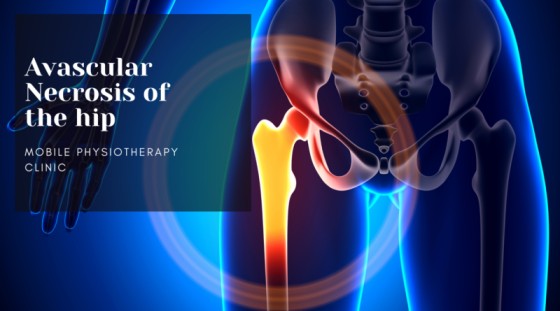
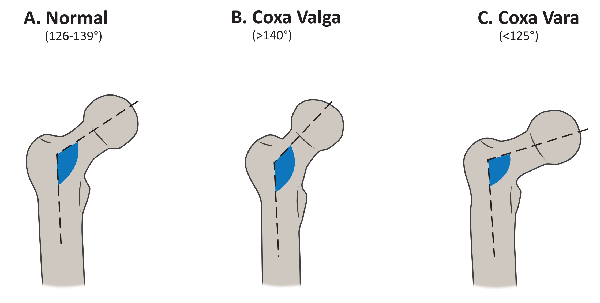
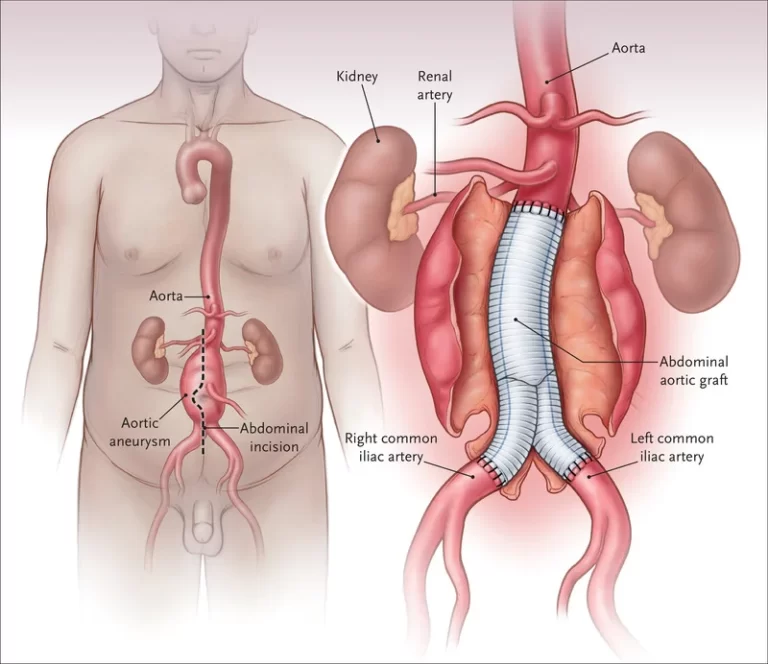
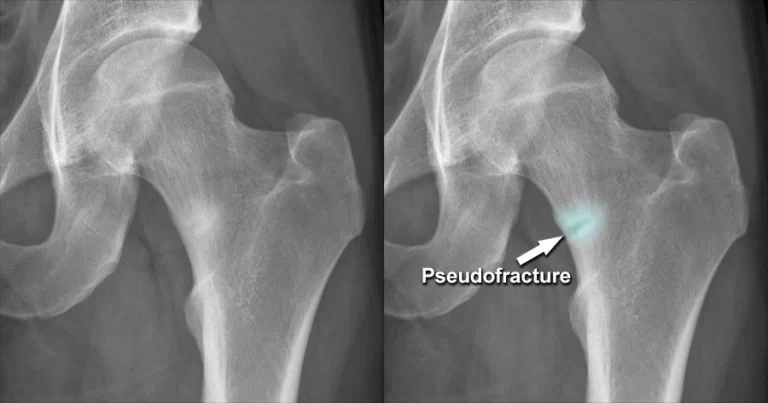
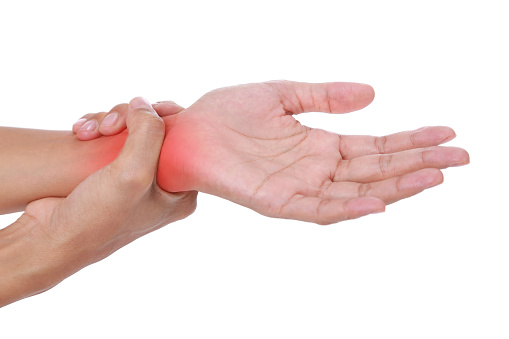
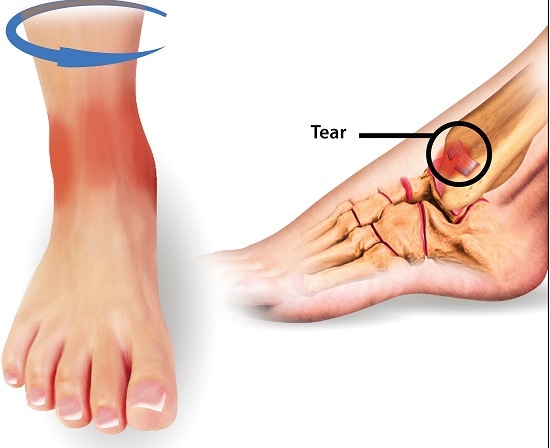
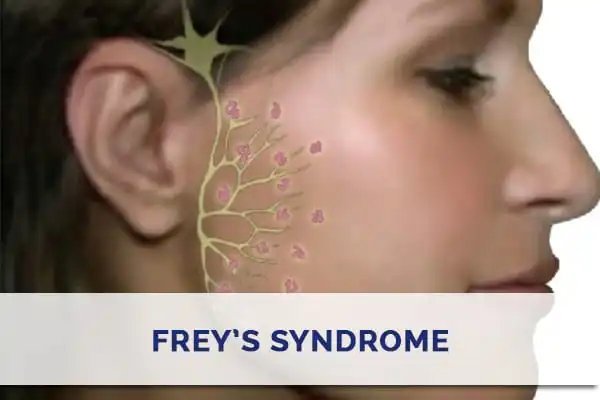
3 Comments